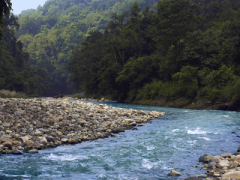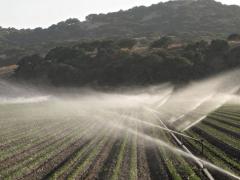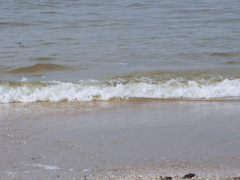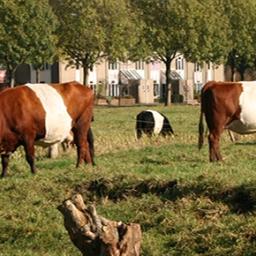Hindcasts and Future Projections of Global Inland and Coastal Nitrogen and Phosphorus Loads Due to Finfish Aquaculture
A global model is used to calculate feed and nutrient budgets for freshwater and marine omnivorous and carnivorous aquacultural finfish production. The model uses national production data for the period 1970–2010 and the Millennium Ecosystem Assessment scenarios for production and management for 2010–2050.
Nutrient release will increase in coming five decades
Results indicate that annual nutrient release to the freshwater (1.2 million tonnes of N and 0.1 million tonnes of P in 2010) and marine aquatic environments (0.3 million tonnes of N and 0.05 million tonnes of P) increased less rapidly than fish production, mainly due to improving feed conversion. In the coming five decades, annual nutrient release to freshwater environments may increase to 1.5–2.1 million tonnes of N and 0.1–0.2 million tonnes of P, depending on the production scenario and assumptions on feed conversion and the share of integrated aquacultural production.
Present nutrient loading from freshwater aquaculture is small
At present, the global contribution of freshwater aquaculture to nutrient loading of rivers is small. However, in Asia, the nutrient loading from freshwater fish production and from seaweed and shellfish production is an important nutrient source. Compared to chicken meat and egg production, Asian freshwater aquaculture is a rapidly growing and important cause of the anthropogenic acceleration of the N and P cycles.
Authors
Specifications
- Publication title
- Hindcasts and Future Projections of Global Inland and Coastal Nitrogen and Phosphorus Loads Due to Finfish Aquaculture
- Publication date
- 8 May 2013
- Publication type
- Publication
- Magazine
- Reviews in Fisheries Science, 21:2, 112-156
- Product number
- 800




